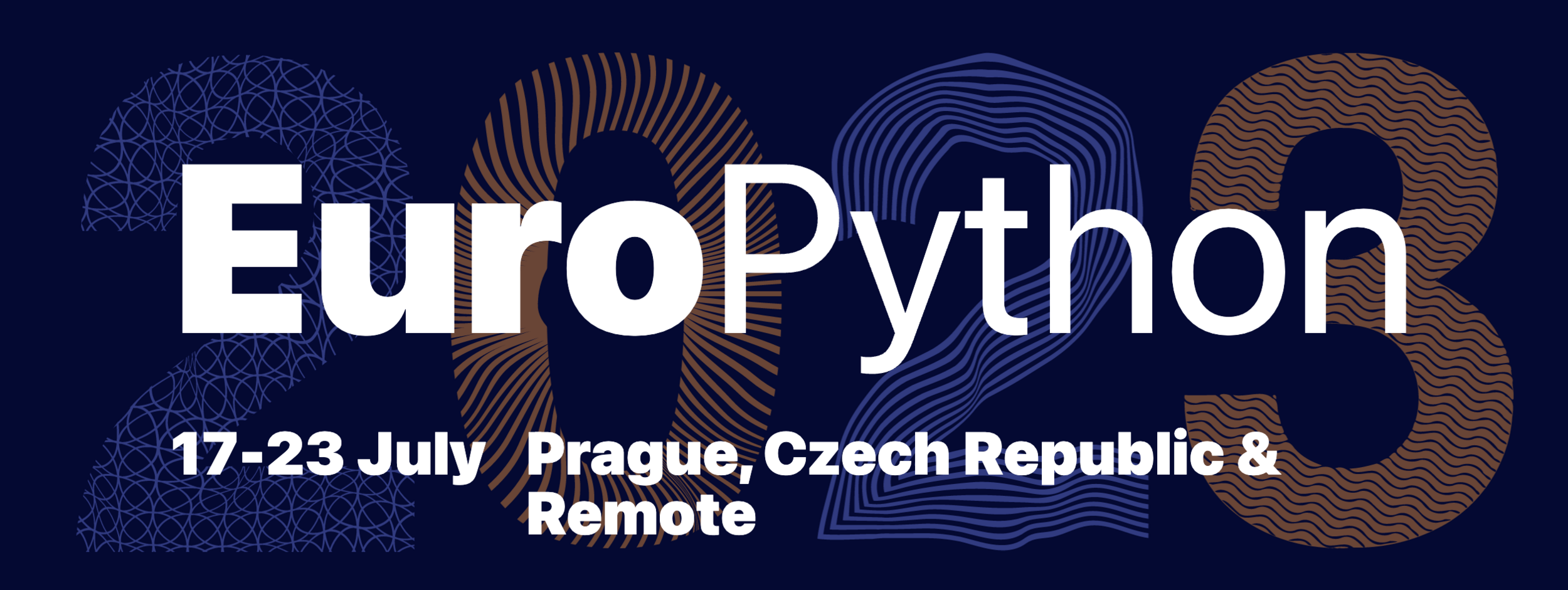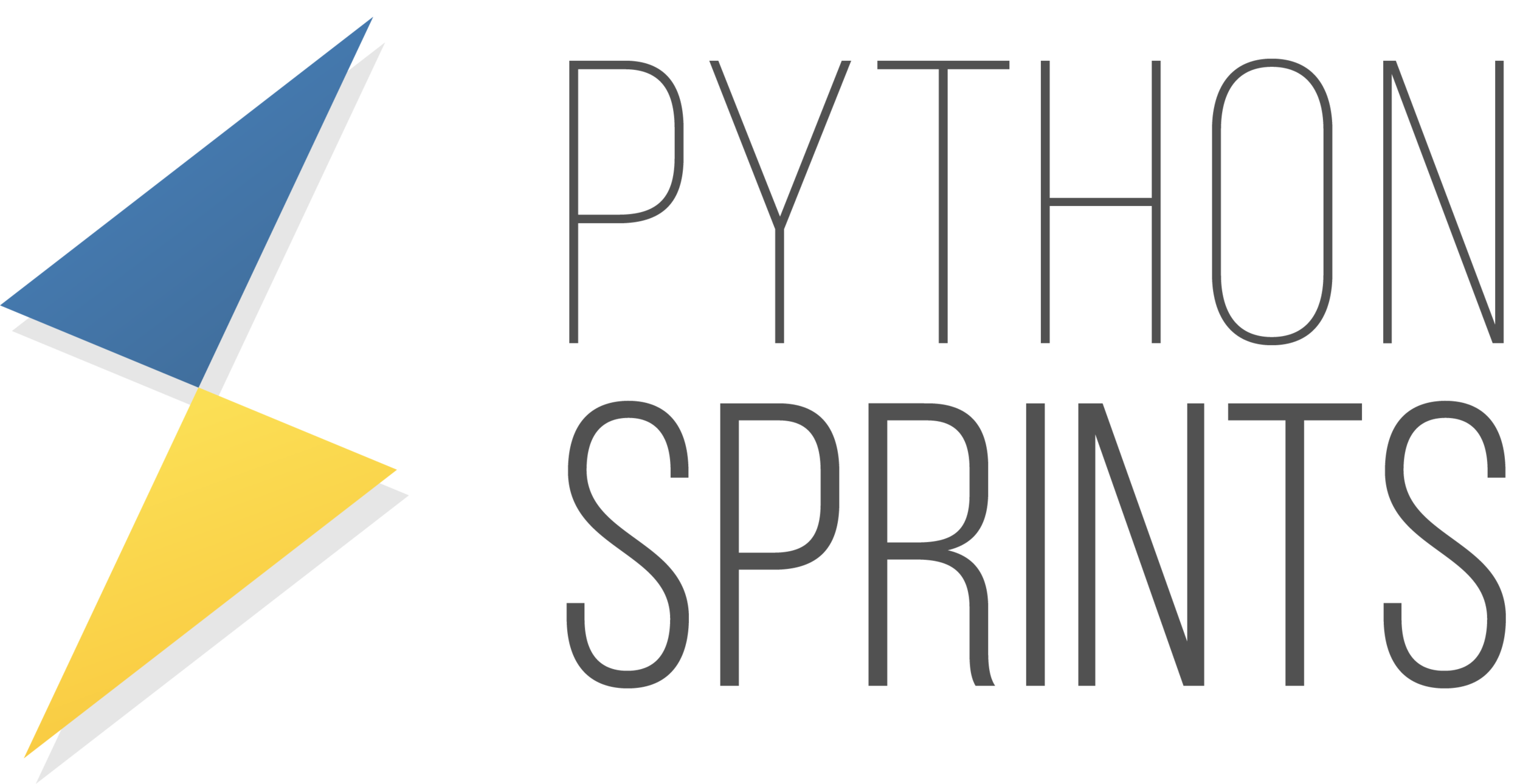Trying No GIL on Scientific Programming
Get the slides at slides.com/cheukting_ho/trying-no-gil/
Do you know what is GIL?


What is GIL
- Global Interperter Lock
- Only a single operating system thread is used to run Python
- Limit only one thread can access an object at a time
- Imagine one thread is adding an object and another deleting it - lock is needed
- Other programs may have multiple locks to do it but it is more complicated than GIL
What is No-gil Python
- Clone of 3.9
- 4th attempt - Previous by Greg Stein (1996), Adam Olsen (2007) and Larry Hastings (2016)
- by Sam Gross
- Why no-gil => make use of multiple cores => SPEED
Design and challanges
- Need to be good at both single-thread and multi-threads
- Challenges - Reference counting - Bias reference counting
- Make commonly used objects immortal - no ref count
- Make some objects deferred ref counting - add counts at GC
Design and challanges
- Challenges - thread safety for objects like dict and list
- Using small locks
- Manually write the lock orders using CPython API
- replacement of Python’s built-in allocator pymalloc with mimalloc for thread safety
- Need to stop the world for GC
How does it perform for scitific programs?
- Most scientific packages have cpy modules, JIT compiler or Cython for speed up
- Do programs benefit from no GIL?
- Test it on some popular scientific processes
How to test it?
- Try on something using pure Python
- Try on something with Scikit-learn, NumPy and Scipy
- Try on something about neural network
- campare No Gil, original 3.9 and 3.11
- Code I tested are on GitHub
- Run experiment on GitHub action (reproducible)
- cProfile report for extra investigation
Test #0 - Fibonacci
Generate first 25 numbers in Fibonacci sequence
- Average over 50 times
| No GIL | CPython 3.9 | CPython 3.11 |
|---|---|---|
| 0.0242614s | 0.0452114s | 0.0275933s |
* run on GitHub Action ubuntu-latest (Ubuntu 22.04) with 2 cores
Significant improvement from 3.9
A bit better than 3.11
| No GIL | CPython 3.9 | CPython 3.11 |
|---|---|---|
| 0.0327320s | 0.0319601s | 0.0295781s |
* run on GitHub Action ubuntu-latest (Ubuntu 22.04) with 2 cores
No significant difference
Test #2 - Clustering
We use A demo of K-Means clustering on the handwritten digits data - Average over 50 times
| No GIL | CPython 3.9 | CPython 3.11 | |
|---|---|---|---|
| k-means++ | 0.230s | 0.176s | 0.188s |
| random | 0.032s | 0.024s | 0.025s |
| PCA-based | 0.015s | 0.012s | 0.012s |
No significant difference (or worse)
* run on GitHub Action ubuntu-latest (Ubuntu 22.04) with 2 cores
Test #3 - Decision Tree
We use the Iris data set in Plot the decision surface of decision trees trained on the iris dataset
- averaging all pairs of features
| No GIL | CPython 3.9 | CPython 3.11 |
|---|---|---|
| 0.397881ms | 0.6451607ms | 0.6741285ms |
| 🥇 | 🥈 | 🥉 |
* run on GitHub Action ubuntu-latest (Ubuntu 22.04) with 2 cores
| No GIL | CPython 3.9 | CPython 3.11 | |
|---|---|---|---|
| SVD | 0.263492s | 0.242731s | 0.265867s |
| Norm | 0.0235930s | 0.0198416s | 0.0237444s |
| Transpose | 1.759529µs | 1.850128µs | 1.974106µs |
* run on GitHub Action ubuntu-latest (Ubuntu 22.04) with 2 cores
| No GIL | CPython 3.9 | CPython 3.11 | |
|---|---|---|---|
| Laplacian-Gaussian | 0.0335324s | 0.0298902s | 0.0309711s |
| Gaussian gradient magnitude | 0.0711931s | 0.0638475s | 0.0655634s |
| Sobel filter | 0.0835007s | 0.0739401s | 0.0758417s |
| Canny filter | 0.0701143s | 0.0669602s | 0.0633507s |
* run on GitHub Action ubuntu-latest (Ubuntu 22.04) with 2 cores
Test #6 - MLPClassifier
We use Compare Stochastic learning strategies for MLPClassifier
- Average over 10 times
| No GIL | CPython 3.9 | CPython 3.11 |
|---|---|---|
| 3.25005s | 2.72408s | 2.61342s |
| 🥉 | 🥈 | 🥇 |
* run on GitHub Action ubuntu-latest (Ubuntu 22.04) with 2 cores
Does it mean that no GIL does not help?
Why we didn't see much differnece
- C extension processes already using multi-threads
- C extensions may still expecting a GIL
- It needs to adapt to no GIL mode
- Compatibility can be an issue
- Only comparing on dual-core (env dependent)
- no GIL Python fork is still a work in progress
So what do we learnt?
- Python is very versatile
- There are different tools for different jobs
- Creating a general strategy to solve all problems is impossible
- Thank you for Sam and all the maintainers who are making Python and the tools we used better
Reference
Check these out!













